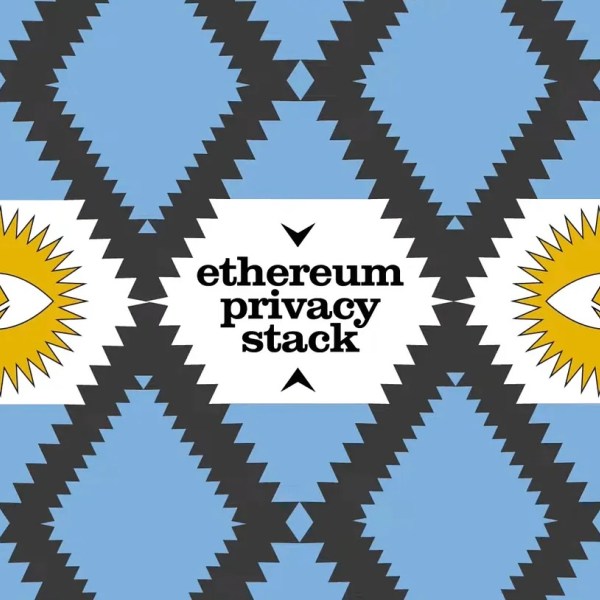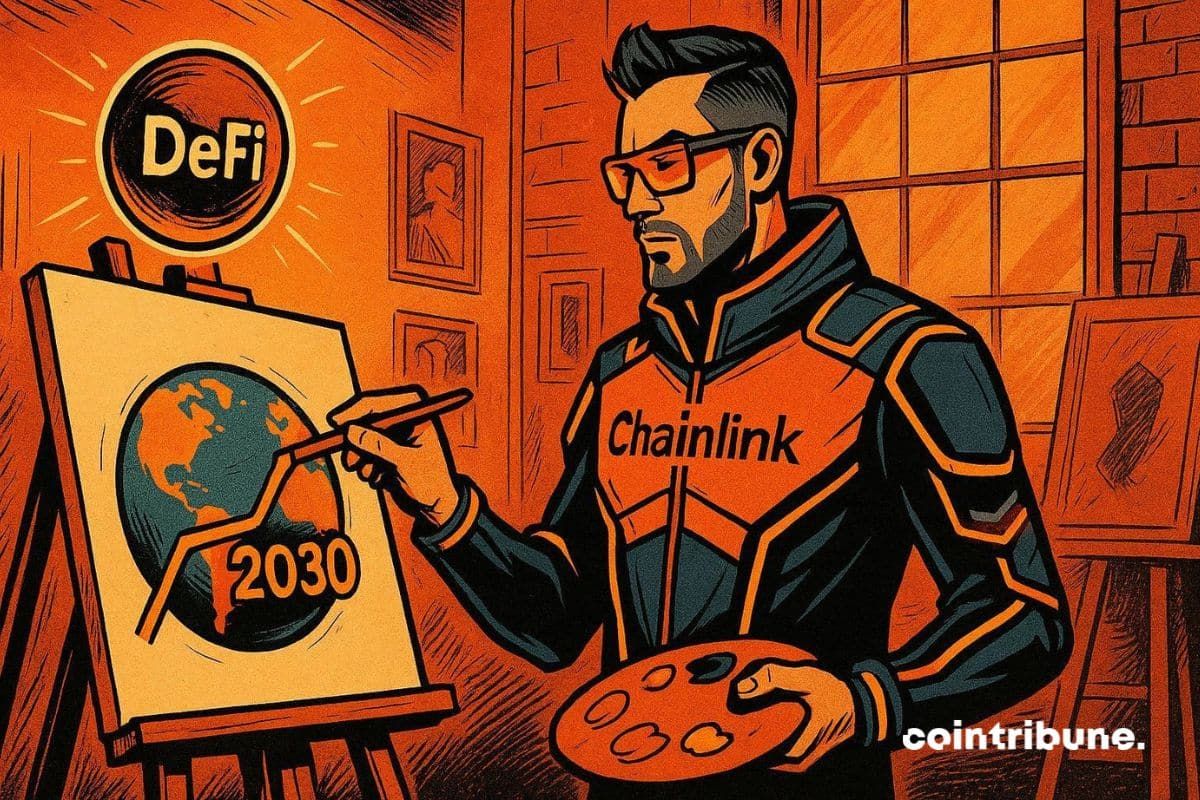Bitcoin Staking on Starknet: A Game Changer for DeFi and BTC Value
- Starknet enables Bitcoin staking via SNIP-31, allowing BTC holders to earn rewards while securing its Layer 2 network. - A 25% staking cap on Bitcoin ensures STRK remains the primary consensus asset, balancing liquidity and network stability. - Upgrades like v0.14.0 and S-two prover enhance scalability, while platforms like Layerswap expand BTC's DeFi utility through cross-chain bridging. - The model outpaces competitors by enabling BTC to interact with Ethereum-based DeFi tools, creating new yield oppor
The integration of Bitcoin staking on Starknet marks a pivotal moment in the evolution of decentralized finance (DeFi). By leveraging Starknet's Layer 2 infrastructure, Bitcoin holders can now stake tokenized versions of BTC (e.g., WBTC, LBTC) to participate in consensus mechanisms, earn protocol rewards, and contribute to network security. This development, formalized via the 93.6%-approved SNIP-31 governance proposal, is not just a technical upgrade—it's a strategic redefinition of how Bitcoin's liquidity interacts with DeFi ecosystems. For institutional and retail investors, the implications are profound: a new avenue to unlock Bitcoin's value while mitigating its volatility through yield generation and cross-chain utility.
The Strategic Framework: Balancing Liquidity and Security
Starknet's multi-asset staking model assigns Bitcoin a staking power weight of 0.25, capping its influence at 25% of total consensus power. This ensures that STRK , Starknet's native token, remains the backbone of the network's security and governance. The 75% STRK dominance is a deliberate design choice, addressing concerns about Bitcoin's volatility and centralization risks. By limiting BTC's role, Starknet avoids creating a system where a single asset's price swings could destabilize the network.
This balance is critical for institutional adoption. Traditional finance players, which often prioritize stability and predictability, may find the 25% cap reassuring. It allows them to deploy Bitcoin capital into DeFi without overexposing themselves to the risks of a single-asset consensus model. Meanwhile, retail investors benefit from the ability to stake BTC—without selling it—while earning rewards in STRK or other tokens.
Technical and Ecosystem Advancements: A Scalable Foundation
Starknet's technical roadmap for 2025 reinforces its position as a leader in ZK-rollup innovation. The upcoming v0.14.0 update, launching in mid-August, will reduce block times to 6 seconds and introduce EIP-1559-style fee mechanisms, aligning user experience with Ethereum's standards. These upgrades, combined with the deployment of Starknet's next-gen prover (S-two), which will slash proving times and costs, create a scalable foundation for BTC staking to thrive.
Ecosystem growth is equally compelling. Platforms like Layerswap now enable direct Bitcoin bridging to Starknet—a feature absent on most Layer 2s. The minting of tBTC on Starknet and the inclusion of DOG (Bitcoin's top memecoin) in DeFi protocols signal a broader trend: Bitcoin is no longer just a store of value but a foundational asset for decentralized finance.
Strategic Positioning: Outpacing Competitors in BTCfi
Starknet's BTC staking model outpaces alternatives like Babylon and Stacks by offering a composable, high-throughput environment. While Babylon focuses on Bitcoin-specific staking, Starknet's ZK-rollup architecture allows BTC to interact seamlessly with Ethereum-based DeFi tools. This interoperability is a key differentiator. For example, a Bitcoin holder can stake LBTC on Starknet, earn STRK rewards, and simultaneously use the same BTC in a lending protocol—all without exiting the DeFi ecosystem.
The 25% cap also ensures that STRK remains the dominant consensus asset, which could drive demand for the token. With 420 million STRK already staked (12% of total supply), and StarkWare self-staking 30 million, the network's security is robust. If BTC staking attracts 100–150 million tokenized BTC equivalents by year-end, STRK's role in maintaining consensus could become even more valuable.
Investment Implications: A New Frontier for Wealth Creation
For institutional investors, Starknet's BTC staking model offers a dual opportunity:
1. Capital Efficiency: Deploying Bitcoin into staking without selling it, effectively generating yield while retaining exposure to BTC's price action.
2. Diversification: Allocating capital to STRK, which benefits from both network growth and the increased utility of BTC staking.
Retail investors, meanwhile, gain access to a low-cost, high-liquidity environment. Starknet's EVM compatibility and low fees make it accessible to a broader audience, while the Wolf Pack League community initiative incentivizes participation through rewards. The launch of Extended, a 100x leverage perpetual DEX, further amplifies Starknet's appeal by enabling BTC-based trading and hedging strategies.
Risks and Considerations
While the outlook is optimistic, investors must remain cautious. The 25% BTC staking cap is a safeguard, but it also limits the immediate upside for Bitcoin holders. Additionally, the success of BTC staking depends on the adoption of tokenized BTC wrappers (e.g., WBTC, LBTC). If these tokens fail to gain traction, the expected growth in staking activity may not materialize.
Regulatory risks also loom. As BTCfi expands, governments may scrutinize tokenized BTC staking for compliance with securities laws. Starknet's governance model, which allows for dynamic evaluation of new BTC wrappers, provides some flexibility, but legal uncertainties could slow adoption.
Conclusion: A Strategic Inflection Point
Starknet's Bitcoin staking integration is more than a technical milestone—it's a strategic inflection point for DeFi. By bridging Bitcoin's liquidity with Ethereum's innovation and ZK-rollup scalability, Starknet is redefining the value proposition of both assets. For investors, this creates a unique opportunity to participate in a network that balances Bitcoin's dominance with the security and flexibility of a next-gen Layer 2.
As the Q3 2025 launch approaches, the focus should be on two metrics:
1. STRK's staking ratio: A rising ratio could indicate growing confidence in the network's security and utility.
2. Tokenized BTC staking volume: High adoption of wrappers like LBTC or tBTC would validate Starknet's role as a BTCfi hub.
For those seeking to capitalize on the convergence of Bitcoin and DeFi, Starknet offers a compelling case. The key is to act early—before the network's growth accelerates and the first-mover advantages are locked in.
Disclaimer: The content of this article solely reflects the author's opinion and does not represent the platform in any capacity. This article is not intended to serve as a reference for making investment decisions.
You may also like
Ethereum Privacy’s HTTPS Moment: From Defensive Tool to Default Infrastructure
A summary of the "Holistic Reconstruction of Privacy Paradigms" based on dozens of speeches and discussions from the "Ethereum Privacy Stack" event at Devconnect ARG 2025.

Donating 256 ETH, Vitalik Bets on Private Communication: Why Session and SimpleX?
What differentiates these privacy-focused chat tools, and what technological direction is Vitalik betting on this time?

Ethereum Raises Its Gas Limit to 60M for the First Time in 4 Years

DeFi: Chainlink paves the way for full adoption by 2030
